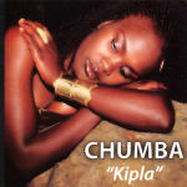
Artist: Chumba
Label: SoundAfrica
Year: 2008
How it got on my CD rack
Apparently I'm talking about this album released six years after it was released by Doris Chepchumba Tanui, aka Chumba. It just got to my CD rack two years ago. And that's an interesting story.
I was sitting in a restaurant in Nairobi and heard this wonderful, soulful song. I suspect it was "Ongerip emet nyo," because it's my favorite. So I asked the waitress to find out who was singing. The first thing she asked was if I was the same tribe. Goes to show - we're so tribalist that even music isn't a human, universal language in Kenya. Would the waitress have asked the same if Beyonce was the artist?
What I like about the album
This is a truly Kenyan and African sound. The songs are in several Kenyan and international languages, including Kiswahili, Kalenjin, Kirundi, Luhya (her words, not mine), Lingala, Taita, Pokomo, English and French. Also, I was quite pleased to know that Chumba has roots in Maroon Commandos, and it shows in the quality of the sound and the songs. The guitar solos are extraordinary, reminding me what I loved about Maroon Commandos when I was younger.
Like I said, "Ongerip emet nyo" is my favorite song. I always go for the mellow, and this one is nice, with good guitar work and pleasant wind instruments. And that goes for most of the songs - the winds (flute, sax) and the guitar work in most songs takes me back to the good old days of listening to the singing Kenyan soldiers.
The themes are also great. There's a good dose of love songs, but I think the most fun to listen to is "Unakumbuka," sang by a woman whose husband has fallen on good times and then abandoned the family that stood with him through the tough times. This CD is a 12-track treat.
What I don't like about the album
The sleeve of the album has editing mistakes that should have been sifted out. For instance, the sequence of the explanation of the songs does not match the sequence of the songs on the CD. And the sequence matters for listeners who do not speak the languages. Also, the gap between each of the tracks is too short, so the songs almost flow into each other without a break. Readers not used to the genre and style of rumba may find the songs long, although the good thing is that the instrumentals are quite good.
I look forward to listening to Chumba's other albums, if only I could find them. She's difficult to locate on the world wide web. But she was one of the Kenyan artists featured at the recently concluded Smithsonian Folk Life Festival.
Label: SoundAfrica
Year: 2008
How it got on my CD rack
Apparently I'm talking about this album released six years after it was released by Doris Chepchumba Tanui, aka Chumba. It just got to my CD rack two years ago. And that's an interesting story.
I was sitting in a restaurant in Nairobi and heard this wonderful, soulful song. I suspect it was "Ongerip emet nyo," because it's my favorite. So I asked the waitress to find out who was singing. The first thing she asked was if I was the same tribe. Goes to show - we're so tribalist that even music isn't a human, universal language in Kenya. Would the waitress have asked the same if Beyonce was the artist?
What I like about the album
This is a truly Kenyan and African sound. The songs are in several Kenyan and international languages, including Kiswahili, Kalenjin, Kirundi, Luhya (her words, not mine), Lingala, Taita, Pokomo, English and French. Also, I was quite pleased to know that Chumba has roots in Maroon Commandos, and it shows in the quality of the sound and the songs. The guitar solos are extraordinary, reminding me what I loved about Maroon Commandos when I was younger.
Like I said, "Ongerip emet nyo" is my favorite song. I always go for the mellow, and this one is nice, with good guitar work and pleasant wind instruments. And that goes for most of the songs - the winds (flute, sax) and the guitar work in most songs takes me back to the good old days of listening to the singing Kenyan soldiers.
The themes are also great. There's a good dose of love songs, but I think the most fun to listen to is "Unakumbuka," sang by a woman whose husband has fallen on good times and then abandoned the family that stood with him through the tough times. This CD is a 12-track treat.
What I don't like about the album
The sleeve of the album has editing mistakes that should have been sifted out. For instance, the sequence of the explanation of the songs does not match the sequence of the songs on the CD. And the sequence matters for listeners who do not speak the languages. Also, the gap between each of the tracks is too short, so the songs almost flow into each other without a break. Readers not used to the genre and style of rumba may find the songs long, although the good thing is that the instrumentals are quite good.
I look forward to listening to Chumba's other albums, if only I could find them. She's difficult to locate on the world wide web. But she was one of the Kenyan artists featured at the recently concluded Smithsonian Folk Life Festival.
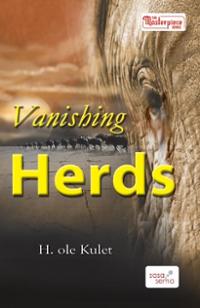
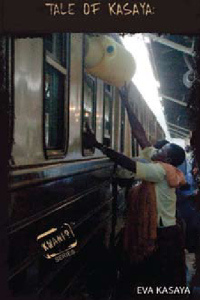
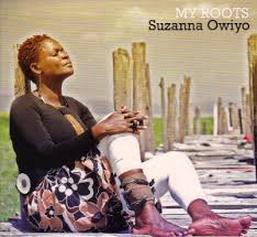
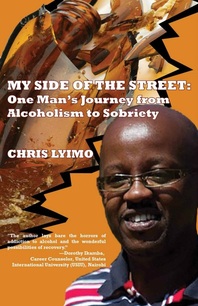
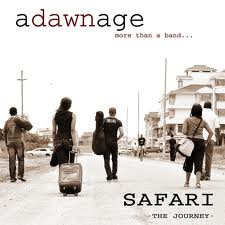
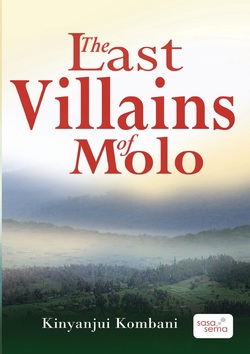
 RSS Feed
RSS Feed
